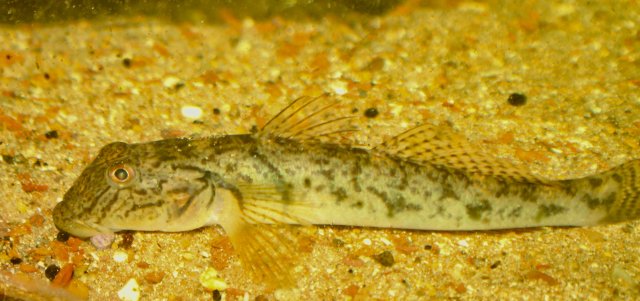I would consider a 90 a nice size grow out tank, if you start them young, but as adults it would probably be too small a tank for any more than just a pair, without any other fish.

Although you can still sometimes find them as synspilum, that name was dropped in 2011, when it was found (thru DNA testing) they are synonymous with Vieja melanurus, which was described first in the 1860s, before the use of synspilus in 1935.
The term synspila is now thought to be a location variant of V. melanurus (as in Vieja melanurus "loc var. synspiius"
I find a 6 ft tank is minimal at best for an adult pair, and would consider a 180 gal a much better option, especially if more than just a pair is wanted, and a proper shoal of dithers is added.
Geographically correct dither such as Astyanax, Bryconamericus, or Roeboides tetras would be my choice of dither type as tank mates, because they prefer the same hard water parameters, are fast and get large (but not too much so). I am anal about proper biotopes, thus my "geographically correct" bent, but also consider water parameter compatibility equally important.
Sail fin mollies are also found with them in nature, but in a 90 gal the mollies would be too easily cornered, even though these Vieja are considered primarily vegetarian, they do not often pass up an easily accessible high protein meal., that in the endless space of nature would be hard to run down,


above
Mollies and Bryconamericus above.
Roeboides an maybe Astyanax below.


The only obvious distinguishing difference between Astyanax and Bryconamericus is the Lobes of caudal are equal in Astyanax, but in Bryconamericus the lower caudal lobe is longer.
Awaous gobies would be geographically correct bottom feeder.











